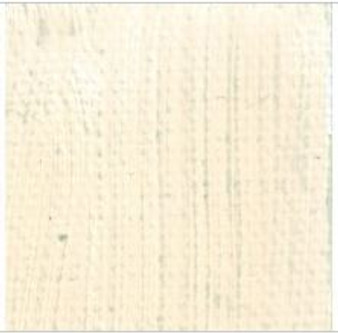Product Description
Mummy brown was originally made in the sixteenth and seventeenth centuries from pitch, myrrh and the ground-up remains of Egyptian mummies. As it had good transparency in oil paint, and was used for glazes, shadows, flesh tones and shading. It fell from popularity during the nineteenth century when its composition became more generally known to artists.
The modern pigment sold as "mummy" or "mummy brown" is composed of a mixture of hematite, goethite, clay and quartz; the hematite and goethite (generally from 20 to 60% of the content) determining its color-the more hematite the redder the pigment-with the others being inert substances that can vary the opacity or tinting strength.
Red iron oxide or ferric oxide is the principle coloring agent in red earths, such as Armenian Mummy Red Light. This pigment has an unusually low content of the natural mineral hematite (less than 12%) associated with larger amounts of clay and silica. The low iron oxide content makes it wonderfully transparent. It also differs from yellow iron oxides in that it does not contain water bound with iron oxide. In other words, the iron to which it owes its color is iron oxide not iron oxide hydroxide.







